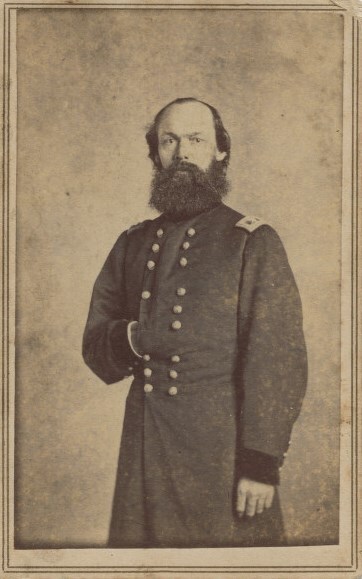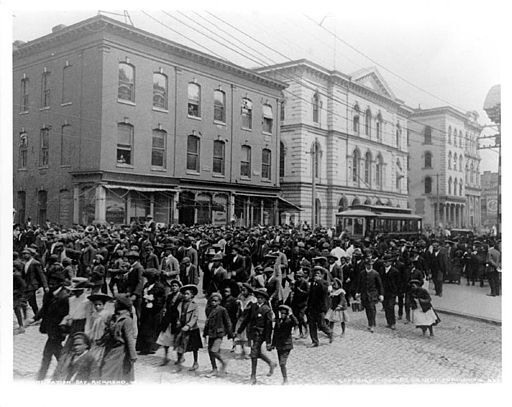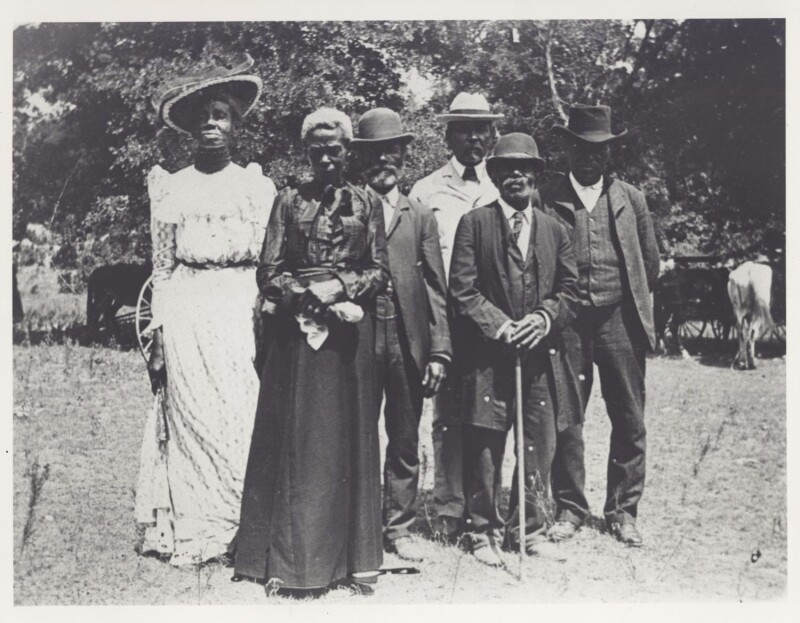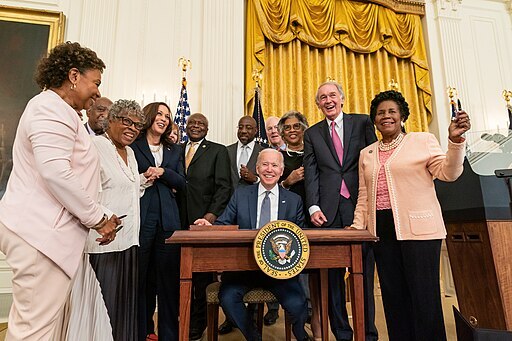Juneteenth is an important historical milestone celebrating the actual abolition of slavery within the United States. Discover the history and meaning behind the holiday that marks when freedom was finally within reach for enslaved individuals at the end of the Civil War and is cherished by so many today.
The History of Juneteenth
When and why did Juneteenth begin?
Juneteenth is celebrated on June 19 every year, commemorating June 19, 1865, when General Gordon Granger and more than 2,000 Union troops arrived in Galveston, Texas, to enforce the freedom of enslaved people. On this day, the enslaved population in Texas learned of their emancipation, marking a profound turning point in U.S. history.
Formerly enslaved individuals took to the streets of Galveston, initiating the very first celebration of Juneteenth, also known as Emancipation Day, in Texas. Today, Juneteenth is celebrated by millions of people throughout the nation, serving as a powerful reminder of the resilience, triumph, and legacy of the African American community in the face of slavery’s brutality.
Was Juneteenth the end of slavery in the United States?
Juneteenth is also a reminder that the battle to overcome slavery was not simple and did not end with the signing of a single law. While the Emancipation Proclamation was signed on January 1, 1863, it took more than 2 years after the end of the Civil War for news of the proclamation—and troops to enforce it—to reach all corners of the United States.

Abolishing slavery in the rest of the country was a more gradual process than people might realize. The Second Confiscation Act and Preliminary Emancipation Proclamation were both signed in 1862 before the Final Emancipation Proclamation of 1863. These earlier acts helped the country move toward the complete abolition of slavery until the Thirteenth Amendment was added to the United States Constitution in 1865, formally outlawing slavery.
Texas was the last of the Confederate states in the U.S. to have its enslaved people emancipated. Even after 1865, some individual slaveholders and even a few states still refused to acknowledge the right to freedom for all men. Some slaveholders waited for the end of a harvest to free the people they enslaved, while others refused to free enslaved persons unless a government official came in person to enforce the law.
Why is the holiday called Juneteenth?
"Juneteenth" is a combination of the words "June" and "nineteenth," derived from the date on which the Juneteenth holiday takes place. It also serves as a reminder of the historical significance of June 19, 1865.
The name "Juneteenth" captures the essence of the celebration, etching the events of that day into both historical narratives and the collective memory of African Americans and Americans in general. It symbolizes the long-awaited arrival of freedom and serves as a testament to the strength and spirit of those who fought for liberation.

What is the difference between Juneteenth and Emancipation Day?
Juneteenth is also referred to as Emancipation Day in Texas, but there is another separate official holiday called Emancipation Day, celebrated on April 16 in Washington, D.C. This Emancipation Day commemorates when President Abraham Lincoln signed the Compensated Emancipation Act and abolished slavery within the city in 1862.
Other states commemorate when emancipation occurred within their own borders. For example, Virginia celebrates April 3, and Florida celebrates May 20 as their Emancipation Day.
Even though Juneteenth was the day enslaved people from Texas were freed, it is celebrated nationally as a holiday because people have been celebrating Emancipation on this date since 1866.
Celebrating Juneteenth
People have celebrated Juneteenth in a variety of ways over the years. Learn about how Juneteenth was celebrated in the past, how it became a federal holiday, and how people celebrate it today.
How was Juneteenth celebrated historically?
In the late 1860s, formerly enslaved people and their children would travel to Galveston, Texas, to celebrate Juneteenth. Unfortunately, white people would try to prevent celebrations by barring Black people from parks and other public gathering spaces. Sometimes, people had to gather on the outskirts of cities to celebrate together.
In 1872, Black people in Houston, Texas, decided to buy their own land for their Juneteenth celebrations. The Black community came together and, for $1,000, bought a piece of land in Houston. They named it Emancipation Park, and it still thrives as a public park today. They hold many activities and events for Juneteenth, including a fun run, a music celebration, and a family fun day.
Historically, Juneteenth was also commemorated with pageants, political rallies, events meant to teach African Americans about their voting rights, blues festivals, and formal ceremonies of thanksgiving.

How is Juneteenth celebrated today?
Traditional Juneteenth celebrations today often feature lively parades, music performances, speeches, and gatherings among families and friends to foster a sense of unity and pride. Communities come together to honor their ancestors' struggles and achievements while highlighting the ongoing journey toward racial equality.
Juneteenth celebrations typically include traditional foods and dishes that showcase the flavors and culinary traditions of the African American community. Some popular dishes associated with Juneteenth celebrations include barbecue dishes such as ribs, brisket, and pulled pork. Other common foods include soul food staples like fried chicken, collard greens, and cornbread.
Juneteenth Day has also become a platform for education, reflection, and advocacy, inspiring individuals from all backgrounds to engage in meaningful discussions, embrace cultural heritage, and advocate for social change.
Who celebrates Juneteenth?
A diverse range of individuals and communities in the United States celebrate Juneteenth. While its historical roots lie in the African American experience, as Juneteenth serves as a reminder of their ancestors' emancipation from slavery, Juneteenth day transcends cultural boundaries and can be celebrated by anyone.
Over the years, the significance and meaning of Juneteenth have expanded to encompass a broader narrative of freedom, equality, and social justice, resonating with millions of people across different ethnicities, races, and cultural backgrounds who value and advocate for these principles.

When did Juneteenth officially become a federal holiday?
Juneteenth became a federal holiday in the United States in 2021. The bill to recognize Juneteenth as a national holiday was passed by both the United States Senate and House of Representatives, receiving overwhelming support.
On June 19, 2021, the bill was signed into law by President Joe Biden, solidifying Juneteenth as the newest federal holiday in the United States. This historic moment marked a significant step towards acknowledging and honoring the sacrifices made by enslaved individuals in American history and culture.
Who is the grandmother of Juneteenth?
Juneteenth’s federal holiday status came about partially thanks to activist Opal Lee.
Opal was born and raised in Texas and worked as a teacher for many years. When she retired in the late 1970s, she found many good causes to keep her busy, including promoting Juneteenth.
In 2016, at the age of 89, Opal started Opal’s Walk 2 DC to raise awareness for Juneteenth. With plans to walk from Fort Worth, Texas, to Washington, D.C., Opal walked hundreds of miles, stopping and speaking in many cities along the way. She eventually arrived in D.C. with a petition bearing 1.5 million signatures to make Juneteenth a federal holiday.
When President Biden signed the bill into law that declared Juneteenth a federal holiday in 2021, Opal was there. At the age of 94, she finally got to see Juneteenth recognized nationally.
Opal is a founding board member of the National Juneteenth Museum, which is currently under construction in Fort Worth, Texas. It is estimated to be completed in 2026.
Click here to watch a video of Opal Lee introducing the National Juneteenth Museum (scroll down to the middle of the page).
Where were my ancestors on Juneteenth?
Do you have ancestors that lived in the United States in the 1860s? Imagine what they might have been doing on June 19, 1865. Maybe your great-great-great-grandparents read about Juneteenth in the newspaper. Perhaps they even participated in the celebrations on the streets of Galveston.
With a free FamilySearch account, you can see a map of the main life events for all of your ancestors in the shared FamilySearch Family Tree. If you click the Time Line tab, you can even filter by specific years. When you zoom in on the map, you can see more information about each of your ancestors and the life event (birth, marriage, death, immigration) that corresponds with the geographic location.

Remembering the Significance of Juneteenth
The designation of Juneteenth as a national celebration represents a national commitment to commemorating Emancipation and is a catalyst for continued conversations, education, and progress. Instead of thinking about Juneteenth as an extra day off of work, let’s remember the significance of the day in the lives of so many enslaved people and their descendants.





